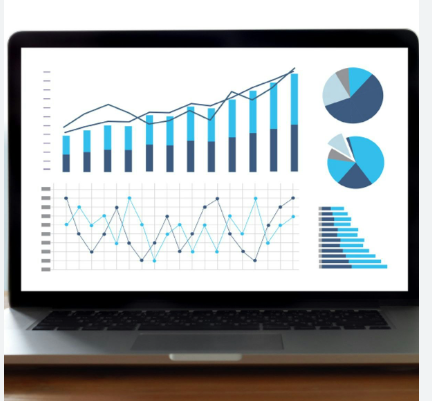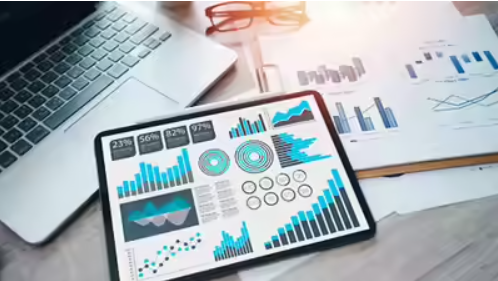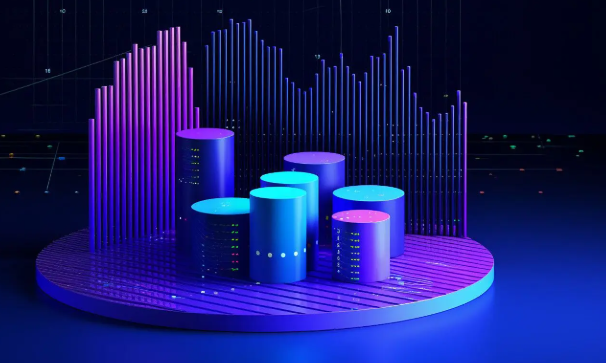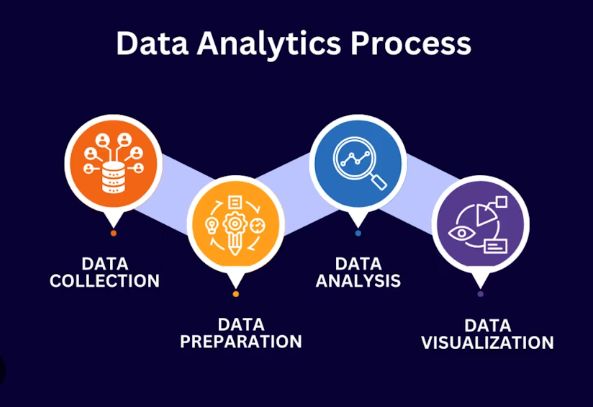
Data Analasis Course in Visakhapatnam | Of course. Here is a full, detailed explanation of a Data Analysis Course, covering its purpose, target audience, core curriculum, tools, and career paths.
What is a Data Analysis Course?
Data Analasis Course in Visakhapatnam | A Data Analysis course is a training program that teaches the skills to collect, process, clean, analyze, and visualize data to discover meaningful insights, support decision-making, and drive business strategy. It transforms raw data into actionable intelligence.
Who is this Course For?
- Aspiring Data Analysts: Individuals looking to start a career in this high-demand field.
- Professionals Upskilling: Marketers, Business Analysts, Financial Analysts, and Researchers who want to make data-driven decisions.
- Career Changers: From any field who are analytical and enjoy working with numbers and patterns.
- Students & Graduates: Top Data Analasis Course in Visakhapatnam | Especially in business, economics, science, or math, looking to add a valuable skill set.
- Managers & Entrepreneurs: Who need to interpret data reports and metrics to guide their teams or businesses.
Core Components & Syllabus (Full Details)
Best Data Analasis Course in Visakhapatnam | A comprehensive Data Analysis course follows the data analysis lifecycle, from asking the right question to communicating the answer.
Part 1: Foundations of Data Analysis
- What is Data Analysis?: The role of a data analyst in an organization.
- The Data Analysis Process (Lifecycle):
- Ask: Defining the business problem and the questions that need answering.
- Collect: Gathering the data from various sources.
- Clean & Process: Transforming raw data into a usable format.
- Analyze: Exploring and modeling the data to find patterns and insights.
- Visualize & Share: Creating reports and dashboards to communicate findings.
- Types of Data: Structured vs. Unstructured data, and the four levels of data measurement (Nominal, Ordinal, Interval, Ratio).
Part 2: Data Wrangling & Preparation (The Most Time-Consuming Step)
- Data Collection: Introduction to databases (SQL) and APIs for pulling data.
- Data Cleaning: Handling real-world, messy data. This includes:
- Finding and removing duplicates.
- Dealing with missing values.
- Standardizing formats (dates, text).
- Fixing structural errors.
- Data Transformation: Manipulating data into the right structure for analysis (e.g., pivoting, merging datasets).
Part 3: Data Analysis & Statistical Methods
- Descriptive Statistics: Summarizing data to understand its basic features.
- Measures of Central Tendency: Mean, Median, Mode.
- Measures of Variability: Standard Deviation, Variance, Range.
- Exploratory Data Analysis (EDA): Using visual and quantitative techniques to understand the story within the data, detect patterns, and identify anomalies.
- Inferential Statistics (Basics): Making predictions or inferences about a population based on a sample.
- Hypothesis Testing: Determining if results are statistically significant.
- Correlation vs. Causation: Understanding the critical difference.
- Regression Analysis: Modeling the relationship between variables.

Part 4: Data Visualization & Storytelling
- Principles of Effective Visualization: Choosing the right chart for the right message (bar charts, line charts, scatter plots, histograms).
- Dashboard Design: Creating interactive and intuitive dashboards for stakeholders.
- Data Storytelling: The art of weaving insights into a compelling narrative that drives action. This is a crucial skill for communicating your findings to non-technical audiences.
Part 5: Tools of the Trade
A good course provides hands-on experience with industry-standard tools:
- Spreadsheets (Microsoft Excel / Google Sheets): For fundamental analysis, pivot tables, and charts.
- SQL (Structured Query Language): The most important tool for a data analyst. For querying databases to extract and manipulate large datasets.
- Programming with Python and/or R: For more powerful, automated, and complex analysis.
- Python Libraries: Pandas (data manipulation), NumPy (numerical calculations), Matplotlib & Seaborn (visualization).
- Business Intelligence (BI) & Visualization Tools:
- Tableau or Power BI: The industry standards for creating professional dashboards and reports.
Key Features & Teaching Methodology
- Project-Based Learning: The course should culminate in a capstone project where you analyze a real-world dataset from start to finish, building a portfolio piece.
- Hands-On Labs: Top Data Analasis Course in Visakhapatnam | Ample practice with tools like SQL, Python, and Tableau.
- Focus on Business Context: Learning to frame analysis around business problems (e.g., customer churn, sales performance, marketing ROI).
- Case Studies: Analyzing how companies have used data to solve problems.

Benefits of Learning Data Analysis
- Extremely High Demand: Virtually every industry (tech, finance, healthcare, retail) needs data analysts.
- Versatile Skill Set: The skills are transferable across different roles and sectors.
- Data-Driven Decision Making: You learn to replace “gut feeling” with evidence-based insights.
- Competitive Salaries: Data analysts are well-compensated for their valuable skills.
- Foundation for Advanced Roles: A perfect stepping stone to becoming a Data Scientist or Business Intelligence Analyst.
Challenges & Important Considerations
- Attention to Detail: A small error in data cleaning can lead to a completely wrong conclusion.
- Patience with Process: Data wrangling can be 80% of the work and requires patience.
- Communication Skills: Technical skills are useless if you cannot explain your findings clearly to others.
- Handling Ambiguity: Business problems are often not well-defined; you must learn to ask the right questions.
What to Look for in a Good Data Analysis Course
- Comprehensive Curriculum: Must cover the full lifecycle: SQL, Statistics, a Programming Language (Python/R), and a Visualization Tool (Tableau/Power BI).
- Hands-On Projects: The #1 priority. You need to build a portfolio.
- Experienced Instructors: Teachers should have industry experience as data analysts.
- Career Support: Includes resume reviews, interview preparation, and portfolio guidance.
- Updated Content: The data landscape changes; the course should teach current tools and best practices.
Career Paths After a Data Analysis Course
- Data Analyst
- Business Intelligence (BI) Analyst
- Marketing Analyst
- Financial Analyst
- Operations Analyst
- Business Analyst

Conclusion
A Data Analysis course is one of the most valuable investments you can make in today’s data-driven economy. Best Data Analasis Course in Visakhapatnam | It equips you with a powerful and versatile toolkit to turn chaos into clarity and raw information into strategic advantage. Whether you aim to specialize as an analyst or simply want to add a critical skill to your repertoire, mastering data analysis will make you a more effective and impactful professional in any field.



